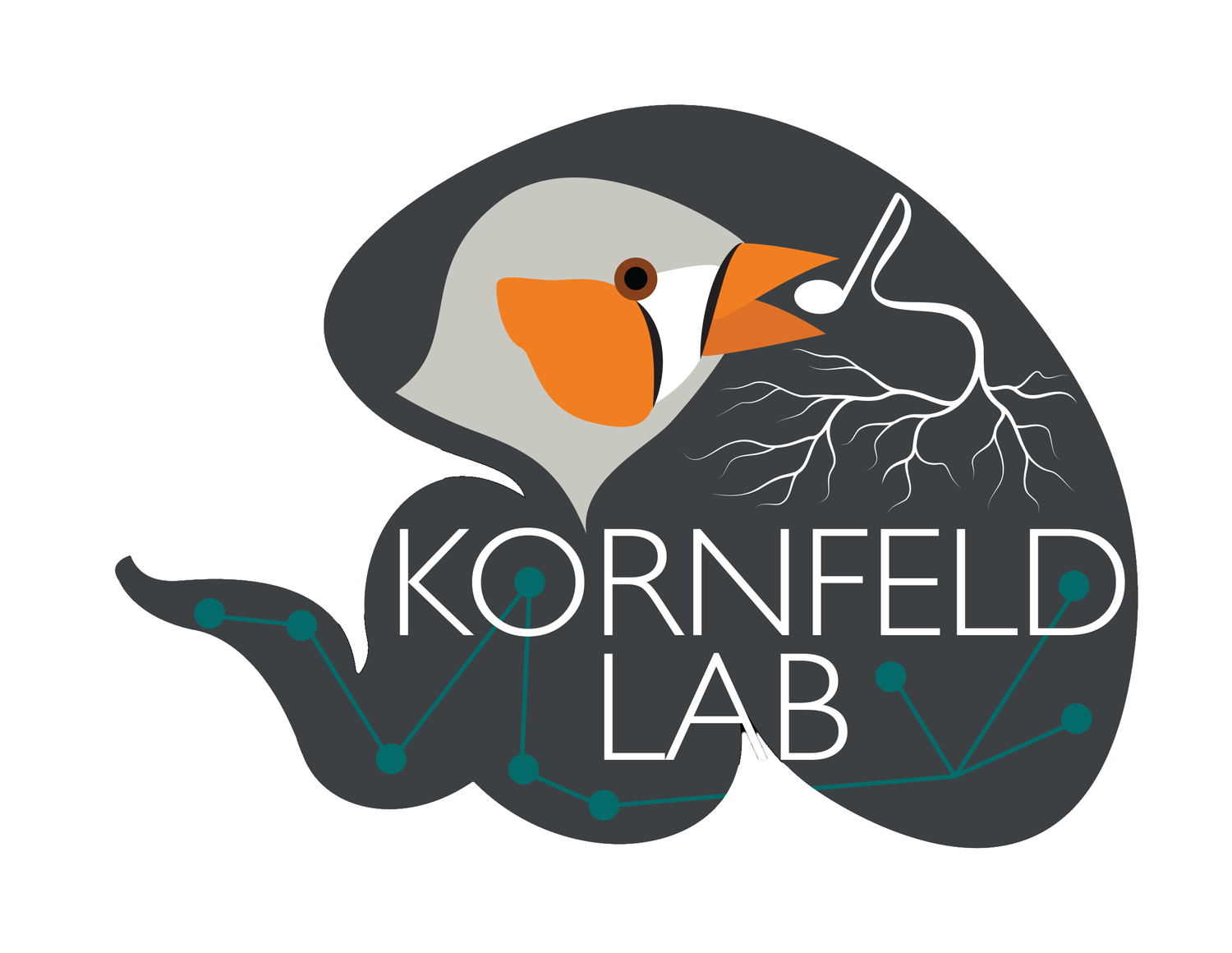
❝ material changes in the phenomena of memory ❞
our aim is to uncover the
- Richard Semon
OUR RESEARCH
connectomics
Mapping the brain
The function of the brain is based on the connections between nerve cells - these junctions are called synapses. Like a wiring diagram of the brain, or a map, the sum of these connections is called a connectome. Like cartographers exploring a great unknown vast continent, we aim to explore and pinpoint the location and connections between these neurons. Understanding where these connections are formed would dramatically improve our ability to comprehend underlying processes - compare the structure between two connectomes, between the brain of a person with a neurological disease and a non-diseased brain - would there be a structural difference? How does this affect the circuitry of the brain? Can it be modulated? This information would help guide research towards treatments and understanding.
THE MODEL ORGANISM
the Zebra Finch
(Taeniopygia guttata)
When you learn to speak, you are usually guided by a caretaker, and through rounds of repetition and trial-and-error you improve over time. Despite the decades of research into the brain, we have little idea how this process is represented neurologically. If we knew more about how it was represented in the brain, we could identify key physiological phenotypes in 'good' learners, observe the effect of different diseases on learning, or even improve teaching structure by observing the success of different tutoring techniques.
This is where the zebra finch comes in.
Vocal learning in this songbird is also a long, iterative process, guided by a tutor. This provides an excellent model for studying how sequences of behaviour are learned and reproduced from a teacher - and not only that, but also how the behaviour is modulated by the individual itself. With cutting-edge connectomics, it is possible to image the zebra finch brain, with the goal being to gain an understanding of the structure, so to help the understanding of the function.
3D representation of the song system in the Zebra Finch, by Jonas Hemesath.
The entire zebra finch brain is about the size of a chickpea, and its song system is only 8 x 6 x 3 millimetres in size, but this tiny area (highlighted in yellow) contains all brain regions central to song production and song learning, and all white matter tracts between the song nuclei.
A three-dimensional MRI atlas of the zebra finch brain in stereotaxic coordinates - ScienceDirect

